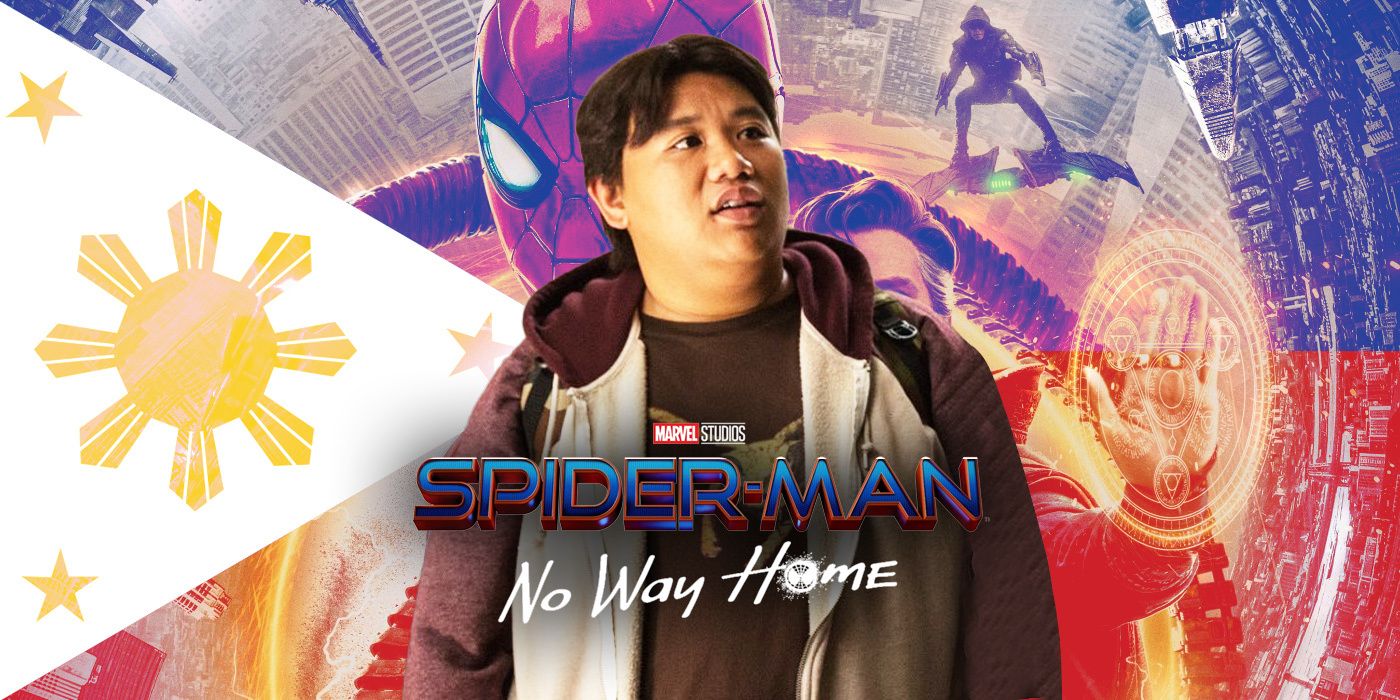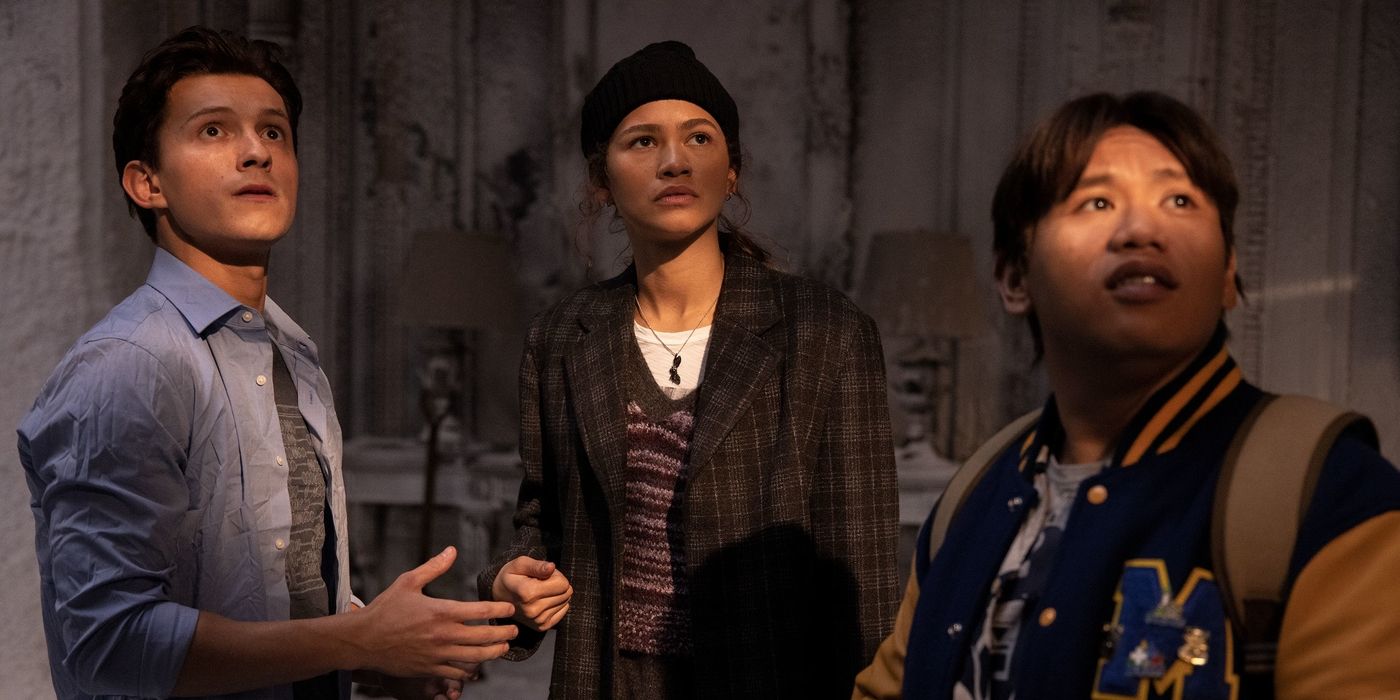Editor's Note: The following article contains major spoilers for Spider-Man: No Way Home.The anticipation for Spider-Man: No Way Home rivaled that of the Avengers films, and the box office says as much. No Way Home is the first film to join the global billion-dollar club since the pandemic began, joining its bigger MCU counterparts. The buzz around the film began even before its own marketing campaign, as rumors surrounding No Way Home began as soon as the credits to Far From Home, the prior MCU Spider-Man film, ended. With Quentin Beck aka Mysterio (Jake Gyllenhaal) using the multiverse as part of his fabricated backstory, eager fans were quick to speculate about the possibility of other Spider-Man heroes and villains entering the MCU. The film is set to see another re-release Labor Day weekend with extended scenes and supposedly more of the multiverse of Spideys.
No Way Home confirmed so much fan speculation while simultaneously living up to the hype, the multiverse has fully arrived in the MCU with Spider-Man’s greatest foes arriving from their respective film universes — notably, Alfred Molina’s Doc Ock, Jaime Foxx’s Electro, and Willem Dafoe’s Green Goblin. Some familiar heroes, too, make appearances, not only from Sam Raimi’s and Marc Webb’s films but also from Marvel’s Netflix universe. With all these characters, No Way Home manages to juggle the impossible, yet fans were more than satisfied and rewarded. But one specific element of No Way Home resonated with Filipino fans in particular.
In one of the film’s most significant scenes, which comes midway through the movie, Peter Parker’s (Tom Holland) best friends Ned (Jacob Batalon) and MJ (Zendaya) desperately want to get in touch with Peter, who has just suffered the loss of his Aunt May (Marisa Tomei) at the hands of Dafoe’s Goblin. They are hiding out at Ned’s house, where his grandmother (Mary Rivera) looks after them. As Ned laments not having a way to contact Peter, he plays around with Doctor Strange’s (Benedict Cumberbatch) sling ring, conjuring a portal where a suited-up Peter appears. After Ned and MJ call out to him, the Spider-Man runs towards them, through the portal, and into the dining room. But as some eager fans can notice, his suit has a slightly different design.
When he takes off his mask, he reveals that he is, in fact, Peter Parker, but from an entirely different universe. He is played by Andrew Garfield from The Amazing Spider-Man films of 2012 and 2014. In order to prove his identity, Garfield’s Peter latches one hand onto the ceiling. Not satisfied, MJ tells him to crawl around. Ned’s Lola chimes in, requesting him to clean up a cobweb in the corner she never could reach. When Ned conjures up another portal, this time to a different Spider-Man, that of Tobey McGuire’s Peter Parker from 2002 through 2007, he is greeted by a welcoming smile from Ned’s Lola. After Garfield and McGuire figure out what has happened, and how they along with Ned and MJ must go find and help their own Peter, Lola complains about the mess they’ve made and brought into the living room from outside, then remarks that she’s going to bed, fed up with the Spidey hijinks.
What is remarkable and unexpected about this scene is how Ned’s Lola speaks completely in Tagalog while Ned not only converses with her but also acts as a translator, such as when she asks Garfield’s Spider-Man to clean up the web. Furthermore, apart from Ned’s brief translations, the Tagalog isn’t accompanied by subtitles, so only those who understand Tagalog would catch some of Mary Rivera’s comedic delivery. In both of my screenings, I laughed alongside other Filipinos who were audibly amused by Ned’s Lola while everyone else in the theater was left to wonder what was going on.
Even the mere detail that Ned calls her “Lola,” the Tagalog word for grandmother, is a moment of representation that Filipinos rarely see on the big screen. Much like the use of Mandarin Chinese in introducing the origin story of Tony Leung’s Wenwu in Shang-Chi and the Legend of the Ten Rings, the use of Tagalog in No Way Home is rooted in character. Ned Leeds, as played by a Filipino American actor in Jacob Batalon, is Filipino. So, why wouldn’t he be in conversation with his grandmother in Tagalog? Especially in Queens, which has its own Filipino neighborhood in ‘Little Manila’. The use of Tagalog is a testament to Jon Watts’ and company’s understanding of Ned and New York.
No Way Home’s use of Tagalog is part of the recent trend in MCU films that utilize foreign and non-traditional languages. In addition to the use of Mandarin in Shang-Chi, an integral linguistic and cultural element to Marvel’s Master of Kung-Fu played by Simu Liu, Eternals also utilizes Spanish, ancient Babylonian, and American Sign Language. This is a significant step forward from Marvel’s previous inclusion of Tagalog — in the Disney+ series Falcon and the Winter Soldier, Shanti Dope’s Tagalog rap song “Amatz” is featured in the background when Sam Wilson (Anthony Mackie), Bucky Barnes (Sebastian Stan), and Zemo (Daniel Bruhl) arrive in the fictional nation of Madripoor. Tagalog shouldn’t be some interchangeable language for an “Asian” fictional place.
Instead, it should come directly from the authenticity of the character and actor. In No Way Home, it makes sense that Batalon’s Ned and his grandmother would converse in Tagalog. This is akin to the authenticity presented in this year’s West Side Story in which Steven Spielberg pushed for a Latinx cast and also used unsubtitled Spanish. And while some audiences may complain about the lack of subtitles, their absence conveys an authenticity that parallels real life. No one walks around with subtitles displayed as they speak, even in English. Representation goes beyond appearances, as languages are just as diverse as appearances.


